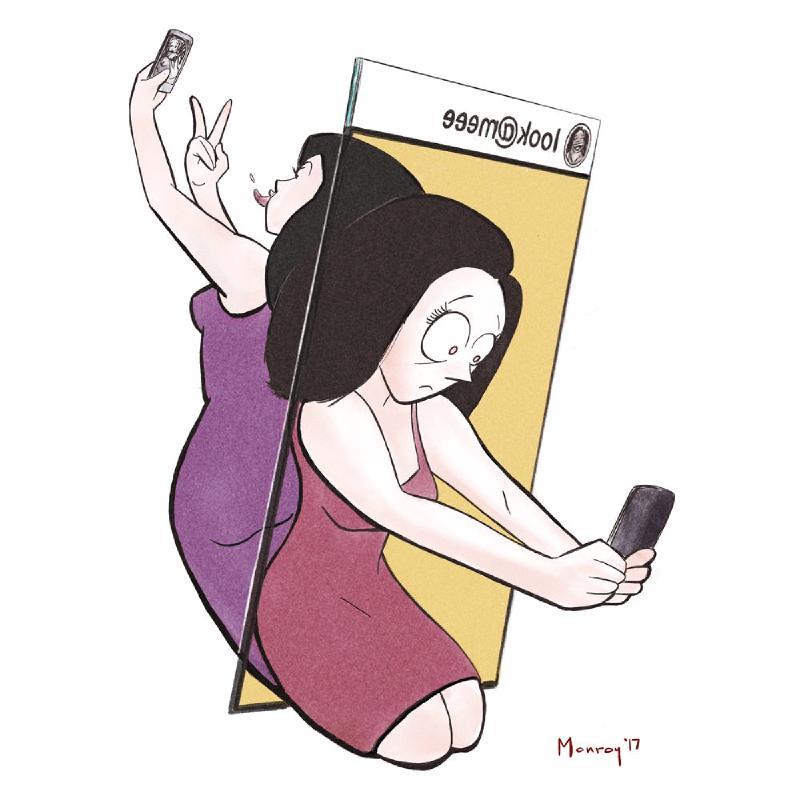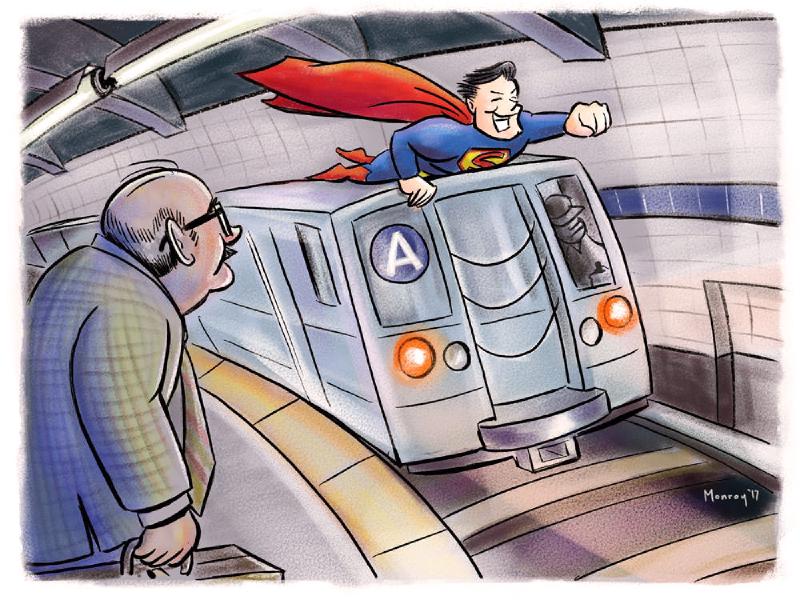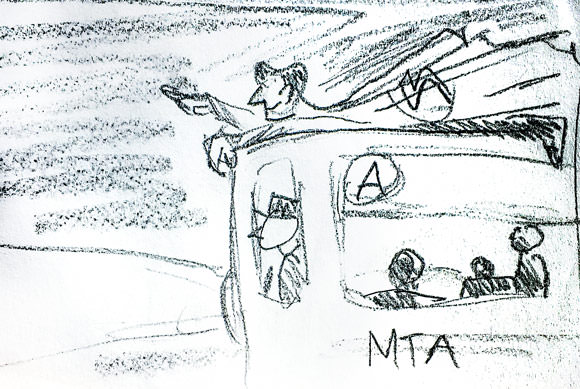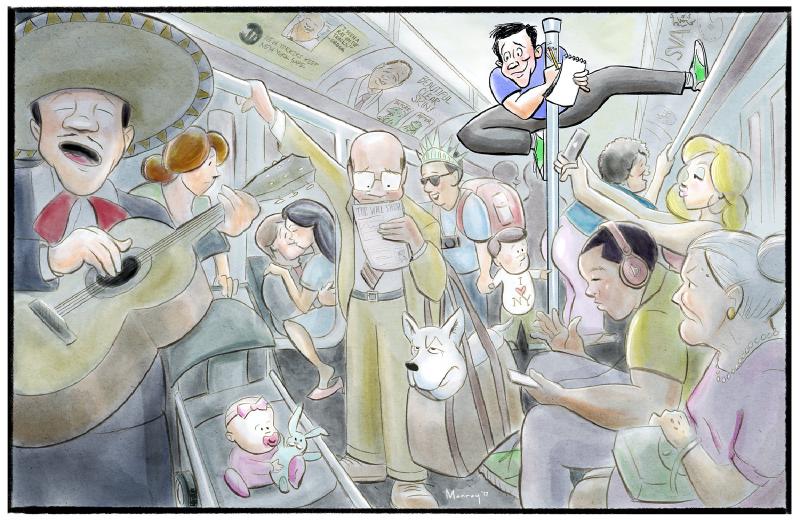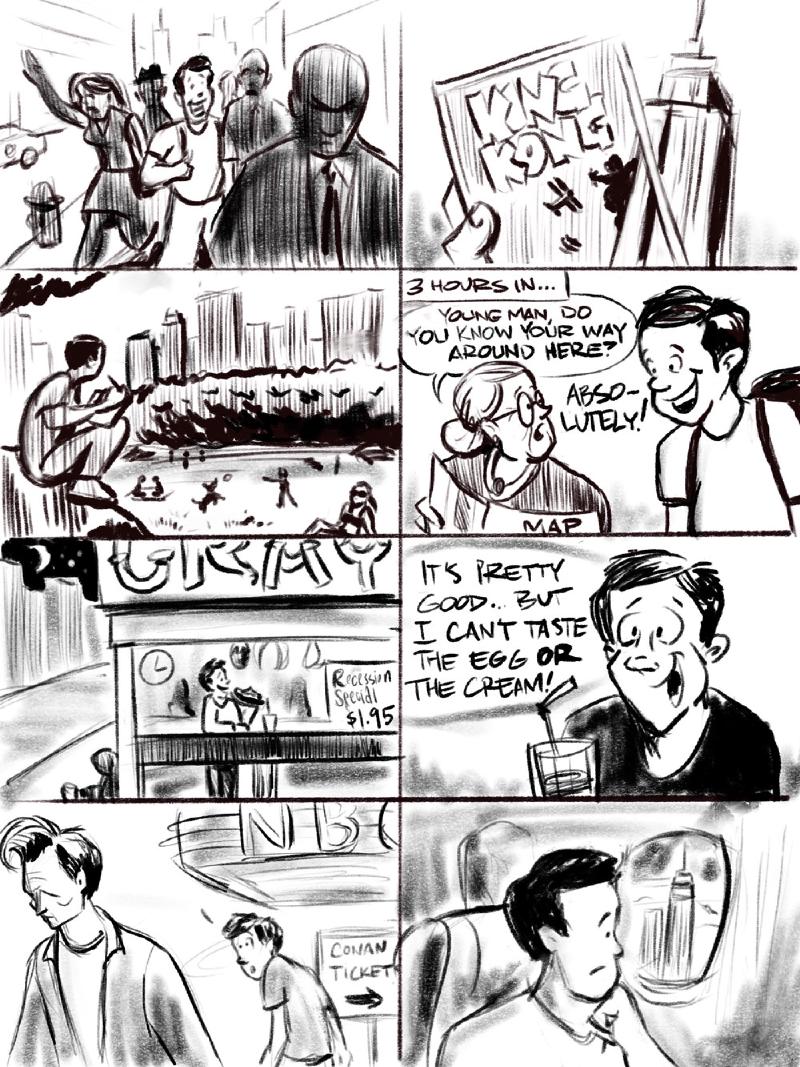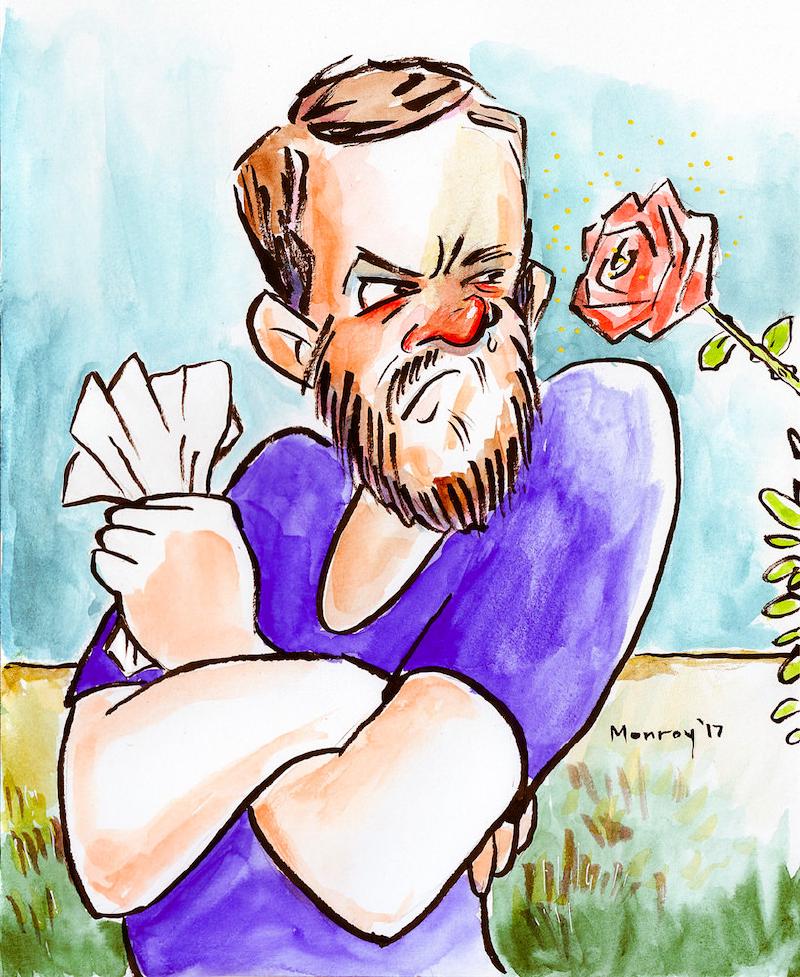Another class assignment! Here’s an illustration inspired by a New York Times essay by a woman whose online persona became a real-life façade.
If you spend eight years building a house (no matter how uncomfortable or ugly it may be, no matter how impractical or poorly lit), it becomes nearly impossible to knock it down. That is about how long I put into building my social media presence, into becoming the cool girl I showcase on Instagram and Facebook.
This was a lot of fun, because it was another chance to put planning and problem-solving into action. I had something a little surreal in my head, but no idea how the heck to draw it. I probably did 20 or so little thumbnail sketches trying to figure out angles and shapes that might work. Deciding on colors, which I find harder than drawing, took way more time than I’d like to admit. And, after some feedback in class tonight, I added a few more visual cues to hopefully make anyone familiar with Instagram know that we’re seeing the behind-the-scene angst of a larger-than-life online personality.
